Alignment Lab AI Releases ‘Buzz Dataset’: The Largest Supervised Fine-Tuning Open-Sourced Dataset
Marktechpost
MAY 12, 2024
Language models, a subset of artificial intelligence, focus on interpreting and generating human-like text. These models are integral to various applications, ranging from automated chatbots to advanced predictive text and language translation services. The ongoing challenge in this field is enhancing these models’ efficiency and performance, which involves refining their ability to process & understand vast amounts of data while optimizing the computational power required.
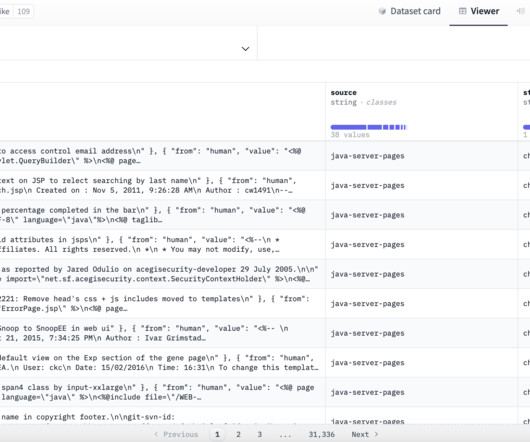




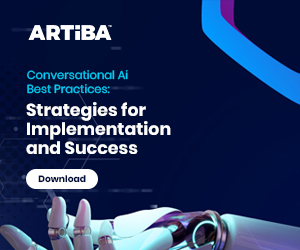

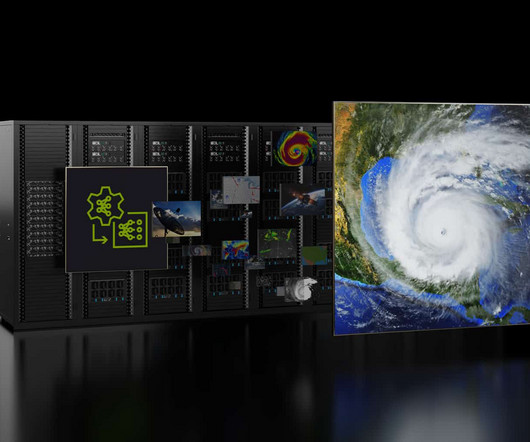
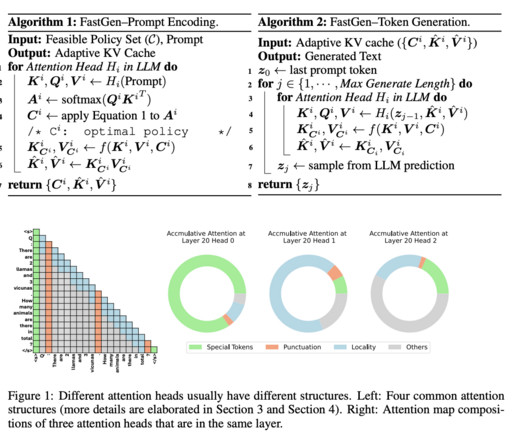

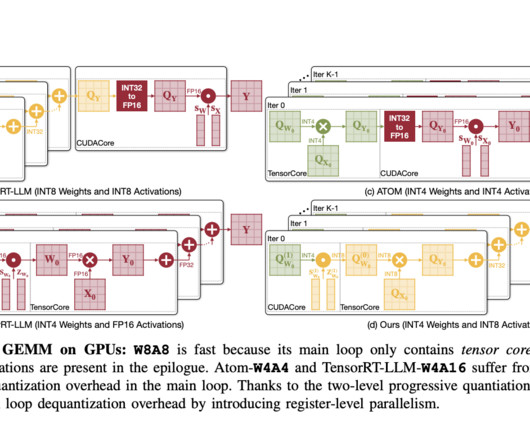




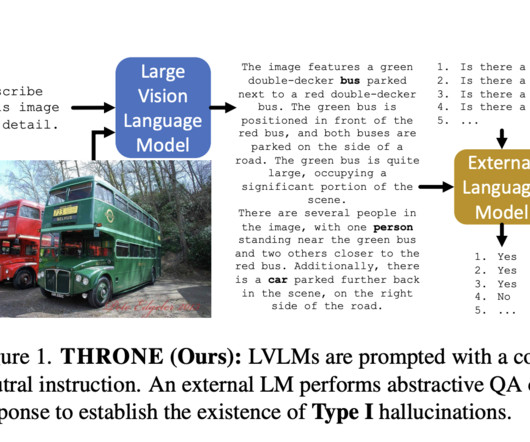
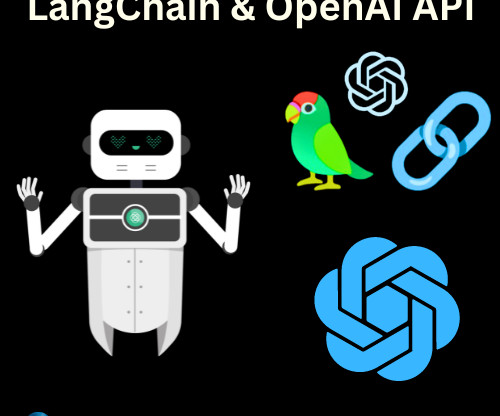

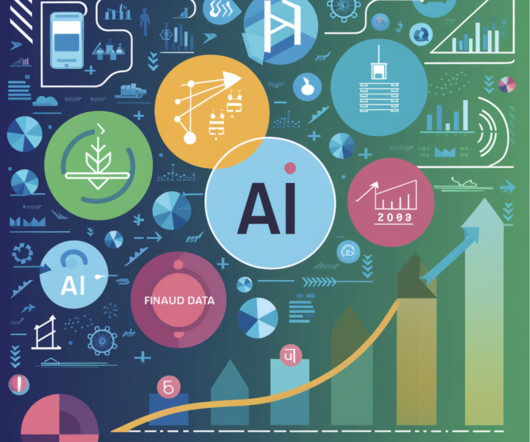







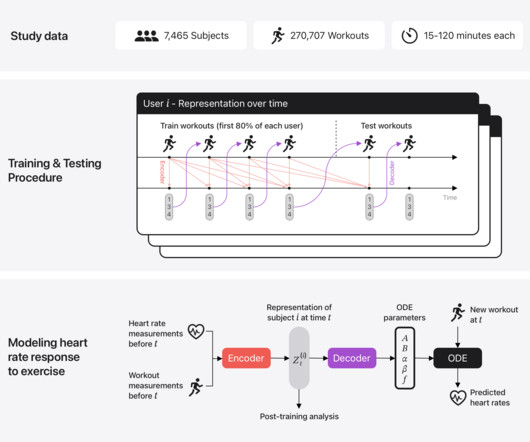
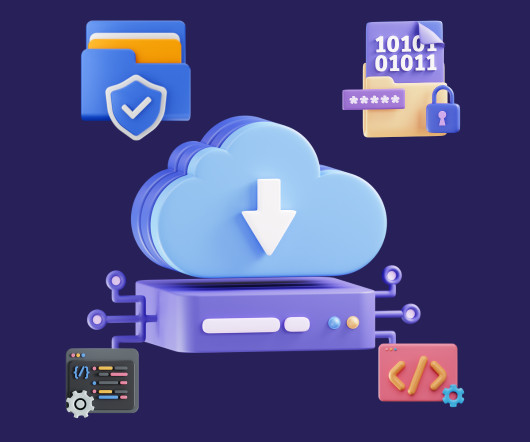







Let's personalize your content